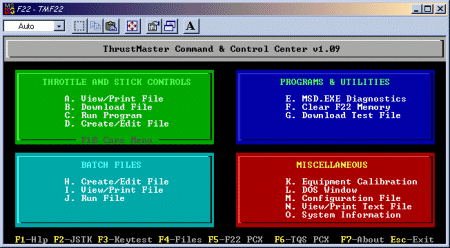

If the rocket were not producing thrust, the flight path would be a simple ellipse like a thrown ball (it is a common mistake to think it is a parabola: this is only true if it is assumed that the Earth is flat, and gravity always points in the same direction, which is a good approximation for short distances), leveling off and then falling back to the ground.

Because gravity acts straight down, the new velocity vector is closer to being level with the horizon gravity has "turned" the trajectory downward.Īfter the pitchover, the rocket's flight path is no longer completely vertical, so gravity acts to turn the flight path back towards the ground. As before, the launch vehicle's new velocity is the vector sum of its old velocity, the acceleration from thrust, and the acceleration of gravity.

Launch procedure Vertical climb Ī diagram showing the velocity vectors for times t during the downrange acceleration phase. When used in this context, it is similar to a gravitational slingshot the difference is that a gravitational slingshot often increases or decreases spacecraft velocity and changes direction, while the gravity turn only changes direction. The term gravity turn can also refer to the use of a planet's gravity to change a spacecraft's direction in situations other than entering or leaving the orbit.

This minimizes transverse aerodynamic stress on the launch vehicle, allowing for a lighter launch vehicle. Second, and more importantly, during the initial ascent phase the vehicle can maintain low or even zero angle of attack. First, the thrust is not used to change the spacecraft's direction, so more of it is used to accelerate the vehicle into orbit. It offers two main advantages over a trajectory controlled solely through the vehicle's own thrust. It is a trajectory optimization that uses gravity to steer the vehicle onto its desired trajectory. A gravity turn or zero-lift turn is a maneuver used in launching a spacecraft into, or descending from, an orbit around a celestial body such as a planet or a moon.


 0 kommentar(er)
0 kommentar(er)
